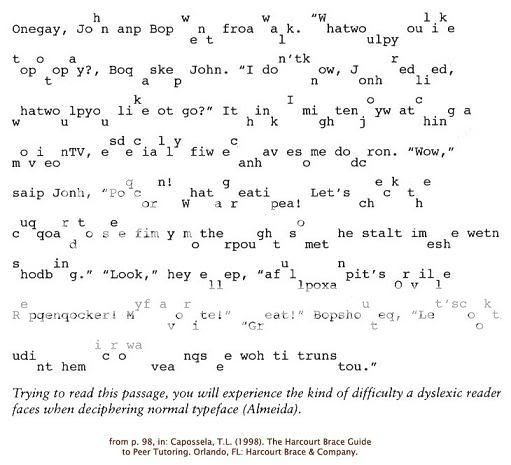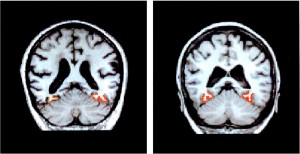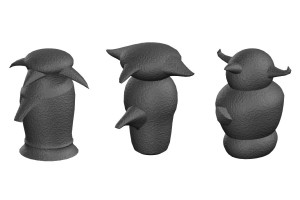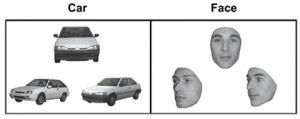Autism: What Is It?
Autism. A disorder that has run the gamut of titles, symptoms, and diagnoses, yet still seems to elude doctors and scientists as to its cause and origin. The cause of Autism Spectrum Disorder (ASD) may be unknown, but its characteristics include difficulties in social interaction, verbal and nonverbal communication, and repetitive behaviors, all in varying degrees. From an early age, children with ASD may become overly focused on certain objects, may fail to engage in typical babbling with their parents, and rarely make eye contact. Currently, all autistic disorders have been merged under the umbrella of ASD. Previously, the DSM featured distinct sub-types of Autism, including childhood disintegrative disorder, pervasive developmental disorder-not otherwise specified (PDD-NOS), and Asperger syndrome. Statistics from the U.S. Centers for Disease Control and Prevention (CDC) identify around 1 in 68 children in America as on the autism spectrum. This is a 10x increase in prevalence in 40 years.
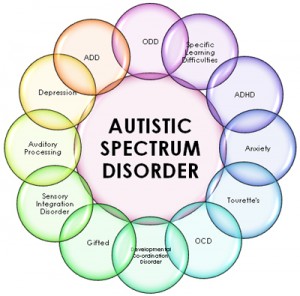
Figure 1 displays the current Autistic Spectrum Disorder umbrella and all of the previous autism sub-types that are now within this umbrella.
ASD: What do we know?
Risk Factors
While a precise cause of ASD remains unidentified, there are a number of risk factors that, in combination with a genetic predisposition, seem to further increase the probability of developing ASD symptomatology. The most evidentially supported of these ASD risk factors involves events before and during birth such as older maternal age during pregnancy and the occurrence of oxygen deprivation to the brain during birth.
Symptomatology
The most easily recognizable symptoms of ASD, such as lack of eye contact, occur within social settings. Specific social deficits include false belief, a lack of empathizing, difficulty regarding social interaction, and the inability to detect intentionality from eye gaze. With each deficit is a proposed theory as well as associated brain regions. However, though previous research supports the associated brain regions as potentially explanatory for the theories, no single theory has acquired enough support to implicate with finality that these regions are where ASD originates. These theories regarding underlying neural irregularities or impairments are based upon behavioral deficit characteristics of ASD. There is no specific biological markers identified for ASD which makes it impossible to detect it before birth. The following chart provides the specific deficits of ASD, the proposed causal theories, as well as the brain regions that are associated with each deficit:
ASD Deficits, Theories, and Associated Brain Regions
| Deficit | Proposed Theory | Associated Brain Region |
|---|---|---|
| False Belief: ASD propagates failure to understand that another individual can hold a belief that differs from physical reality. | Executive Function irregularity or impairment is underlying neural system primarily responsible for mental, intellectual, or cognitive ASD symptomatology. | A] Prefrontal Cortex (PFC): [a] Ventro-Lateral PFC. [b] Dorso-Lateral PFC. [c] Anterior PFC. [d] Orbito-Frontal Cortex. [B] Anterior Cingulate. |
| Lack of Empathizing ability, resulting in Selective Mentalizing. Example: ASD propagates failure to understand false beliefs, but does not inhibit understanding false photographs. | Theory-of-Mind Account of ASD. Theory-of-Mind: ability to represent mental states (beliefs, desires, intentions) of others | [A] Temporal Poles: Typically activated during tasks requiring Language and Semantic Memory. Responds more to comparisons between social concepts than non-social concepts. [B] Medial Prefrontal Cortex (PFC): Responds more to thinking about people than other entities, living or nonliving. [C] Temporal-Parietal Junction: Perception of biological motion, eye gaze, mouth moving important to detection of “agents” and processing of “agent” actions |
| General Social Deficit. ASD: presence of markedly abnormal or impaired development in social interaction and communication, and a markedly restricted repertoire of activities and interests. | Broken-Mirror Theory: account of ASD in which social difficulties considered as consequence of mirror-system dysfunction. | [A] Mirror-System: neural circuits or regions that disregard distinction between self and other. |
| Detection and Utilization of Eye Gaze Information. ASD inhibits ability to infer behavior or desire from Eye Gaze direction, though ability to determine physical direction of Eye Gaze is not impaired. | Eye Gaze processing deficit manifests as an absence of joint attention regarding social interaction. | [A] Superior Temporal Sulcus (STS). Contains cells which respond to eye direction. Component of the “Core System” of Face Processing. |
All that said, deficits, theories, and proposed affected brain regions are NOT mutually exclusive. Additionally, ASD is a complicated disorder; no single theory is considered most probable, though the Broken-Mirror Theory is continuously accumulating supporting evidence. While the brain regions provided may be those primarily causing major symptoms, it is highly unlikely that all ASD symptomatology can be attributed exclusively to these regions.
Prevention and Helpful Tips
There is research which suggests that women can decrease their risk of having a child with ASD by taking prenatal vitamins containing folic acid. Groups such as Autism Speaks are promoting awareness and investigation regarding the role of the immune system in ASD. Some helpful tips to follow in regards to parenting a child with ASD include the following:
- Provide structure and safety
- Find nonverbal ways to connect
- Create a personalized ASD treatment plan
- Find help and support
ASD + Savant Skills
While ASD can be socially debilitating, savant skills can also co-occur. Savant skills can manifest into Savant Syndrome which is characterized by extreme capability ranging from incredibly specific to vastly broad, usually regarding one specific category, which differs depending on the individual. Therefore, savant syndrome cannot be attributed to any particular region of the brain, though it has been hypothesized that savant skills tend to be right hemisphere dominant (non-symbolic, artistic, concrete, direct perceived). Savant syndrome and ASD are not mutually exclusive, however, it has been found that 50% of people with Savant syndrome also have ASD. The most prominent skill subsets include music, art, calendar calculating, mathematics, and mechanical or spatial skills. Not only are the specific skills dependent upon the person, but the degree of mastery and detail also varies.
Savant Skill Subsets
Some may have what are called “splinter skills” which includes obsessive preoccupation with and memorization of relatively trivial facts and skills such as sports statistics, license plate numbers, and even obscure things such as being able to reproduce the sounds that a vacuum cleaner makes. This is the most common savant subtype and even neurotypical brains can display this type of specified skill interest.
Others may be deemed “talented savants” by their particularly prominent musical or artistic abilities despite their cognitive impairment. The skill is usually within an area of single expertise and stands out conspicuously, relative to the cognitive impairment’s overall effect. A present day example of this type of savant is Stephen Wiltshire, aka: the human camera. Wiltshire is capable of accurately drawing intensely detailed landscapes of a city after seeing it once. The remarkable part is that as a young child he was mute and was diagnosed with ASD. He was placed in a special school and discovered his love for painting and learned to communicate through art. The following video shows just how extraordinary Stephen is.
Even still, there are some savants who are considered prodigious. This category is reserved for those extraordinarily rare individuals for whom the special skill is so remarkable that it would be incredible even if it were to happen to a non-impaired person. This title has been bestowed upon fewer than 100 living people worldwide. Daniel Tammet is a brilliant example of a prodigious savant. He demonstrates exceptional mathematical and language abilities, having mastered 9 languages and being able to recite pi from memory up to 22,514 decimal places. Daniel suffered from bouts of epilepsy along with ASD which seems to be what brought about his savant abilities.
While these three subcategories do have differences, all three seem to deal with a massive memory capacity within one very narrow skillset; hence the term “savant”. Savants follow a general rule of development:
1) Savants are first able to replicate something flawlessly (i.e. a piano composition)
2) Savants typically then begin to improvise something learned, indicating that they have become so comfortable with the piece that they are bored.
3) Savants lastly will begin creating works themselves (be it art, music, memory sets, or number patterns).
The cause for savant syndrome is unknown but remarkable brain plasticity is consistently found in cases of both congenital and acquired types. D.A. Teffert says it beautifully when he says “The concept of one brain area being ‘recruited’ to take over the function of some other damaged area, paradoxical functional facilitation, is central to explaining savant syndrome.”
ASD + Savant Syndrome: A Case Study
It might be helpful to understand how all the pieces of ASD and savant syndrome are connected by looking at a case study involving both of these disorders. In a case study of a dual-skill talented savant with ASD, neuropsychological function and brain morphometry were studied. In this case, savant syndrome was congenitally present with ASD. Patient GW was a 42 year old male diagnosed with Asperger’s syndrome (before all subtypes of ASD were meshed together under ASD) as an adult, who demonstrated both superior calendar calculation skill and high-level artistic abilities. His interests seemed to develop in adulthood as opposed to interest as a child. GW cannot say how he does it but he “just knows” it’s the right answer when it “feels right”. His drawings have been spectacular since he began drawing and have drawn worldwide acclaim as he has aged. Researchers found that the superior parietal region of GW’s cortex was the only area thicker than that of a neurotypical group. They also discovered that other areas such as the superior and medial prefrontal, middle temporal and motor cortices were thinner. The results of various tests showed that skills in domains that capitalize upon strengths associated with ASD (detail-focused processing, etc.) are further enhanced through over-learning and massive exposure. This result was reflected in atypical brain structure.
Savant syndrome provides a way for people with ASD to have an outlet and an area in which they can excel and focus their energy and attention on.
So, the question now becomes, how do we harness these skills and use them to provide a better life for the owner of the skill and how do we enhance the world around us with them as well?
10 Most Fascinating Savants in the World. (n.d.). Retrieved from http://www.neatorama.com/2008/09/05/10-most-fascinating-savants-in-the-world/
Autism Spectrum Disorder Fact Sheet. (n.d.). Retrieved from http://www.ninds.nih.gov/disorders/autism/detail_autism.htm
Helping Children with Autism. (n.d.). Retrieved from http://www.helpguide.org/articles/autism/helping-children-with-autism.htm
Treffert, D.A. (2009). The savant syndrome: an extraordinary condition. A synopsis: past, present, future. Philosophical Transactions of the Royal Society B, 364, 1351-1357. doi:10.1098/rstb.2008.0326
Underway., N. I. (n.d.). Savant Syndrome: An Extraordinary Condition. Retrieved November 21, 2015.
Wallace, G.L., Happé, F., Giedd, J.N. (2009). A case study of a multiply talented savant with an autism spectrum disorder: neuropsychological function and brain morphometry. Philosophical Transactions of the Royal Society B, 364, 1425-1432. doi:10.1098/rstb.2008.0330
What Is Autism? (n.d.). Retrieved from https://www.autismspeaks.org/what-autism


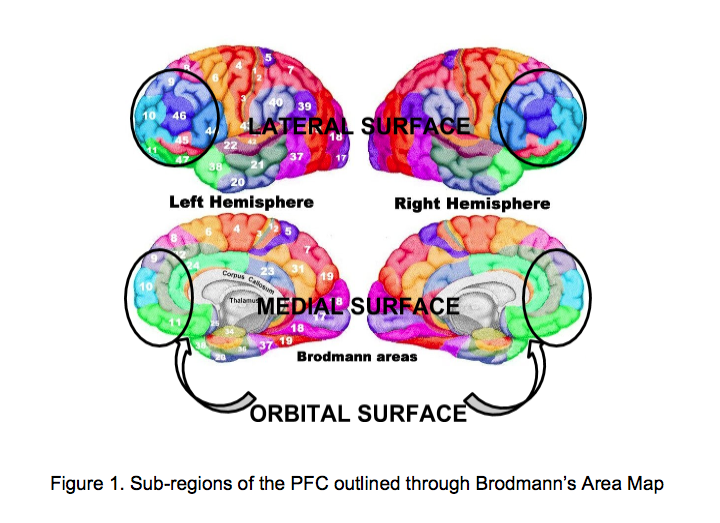 l more basic cognitive processes in order to bring about the desired action [2]. The theories of the mechanisms behind ex
l more basic cognitive processes in order to bring about the desired action [2]. The theories of the mechanisms behind ex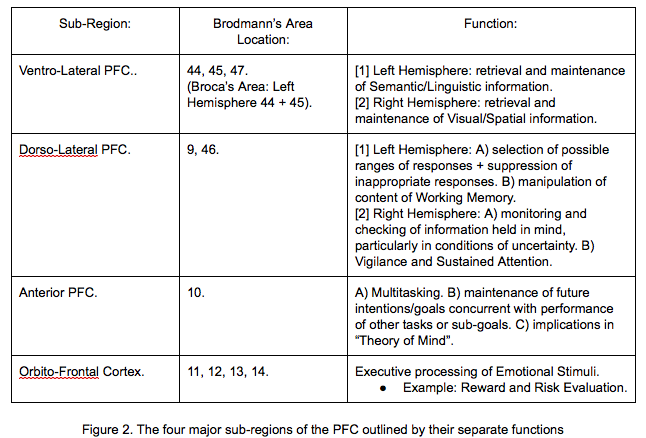
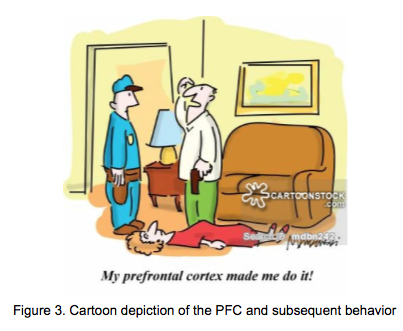
 inhumane antisocial behavior. Psychopaths often exhibit aggressiveness, failures in planning ahead, “shallow” feelings tow
inhumane antisocial behavior. Psychopaths often exhibit aggressiveness, failures in planning ahead, “shallow” feelings tow
